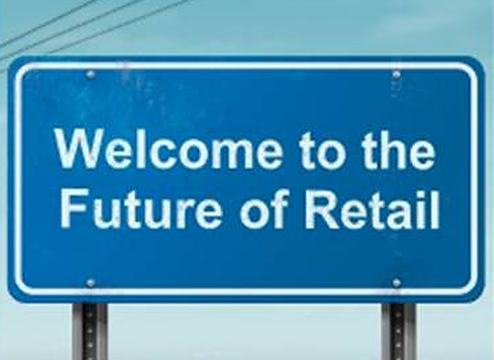Between 1994 and 2011, the number of farmers markets across the United States grew from 1,755 to 7,175. While much of this growth is likely due to a broader understanding of the importance of eating local, fresher, and seasonal, it is also suspected that it is driven by a desire of many people to shop differently — in pleasant family-friendly contexts that enable low-key, face-to-face interactions with merchants. A parallel trend is the rise of the food truck movement. In research we conducted earlier this year on the future of commerce, we found that people gravitate towards these kinds of "pop-up" vendor experiences because of the more personal qualities they provide — getting to know the vendor, suggestions for making the most of a purchase, or even just a certain quirkiness. In other words, these are fundamentally more human retail experiences.
It's not just with pop-up vendors, though. As the Apple Store demonstrates, and Ron Johnson explains, retail needs to get more human at all levels. One place we're seeing this is in the experience of paying for an item. The road from tills to cash registers to large and complex point-of-sale machines has lead to an increasingly literal divide between the buyer and the seller. Store employees spend more time looking at their displays than at the customer — and the customer is left looking at the back of the display, which is rarely an attractive sight. But at the Apple Store, you don't need to wait in line to purchase your items from someone behind a counter. Purchases take place anywhere in the store, and the customer and sales associate typically stand side-by-side during the transaction, which is executed on a modified iPod Touch.
Such technology can find its way to any merchant, thanks to services like Square, which enable any iPhone or iPad to accept credit card payments (and brings us back around to farmers markets and food trucks, some of the greatest users of Square). Square, in turn, points the way to new transaction opportunities. Square can enable a nearly frictionless transaction, where the customer walks up to a counter, asks for and is given some item, and walks away without ever taking out cash, presenting a card, or even a phone. How does this happen? Square uses geolocation to inform merchants of when their customers are nearby, popping up the customer's photo on the merchant's iPad, and, approving any purchase the customer makes.

For the longest time, retail used technology as a way to automate or make more efficient the interactions between buyer and seller, typically at the cost of any connection or relationship between the two. When this article was first written, I thought I'd need to find a way to explain the success of self-checkout stations at supermarkets, because it runs contrary to the thesis that shoppers seek more human experiences. Well, it turns out that self-checkout is on the wane, and some supermarkets are removing it altogether.
The technologies that are succeeding don't supplant people, or make them more efficient, but instead ease transactions and encourage something that can never be replaced by machines — the conversational interaction between people. In our increasingly connected world, people crave authentic human interaction, and the future of retail is going to look a lot more like it did in the more distant past (or still does in markets and bazaars), and a lot less like the bureaucratically-driven mass consumerism we grew to expect in the twentieth century.
 English
English  Vietnamese
Vietnamese 
